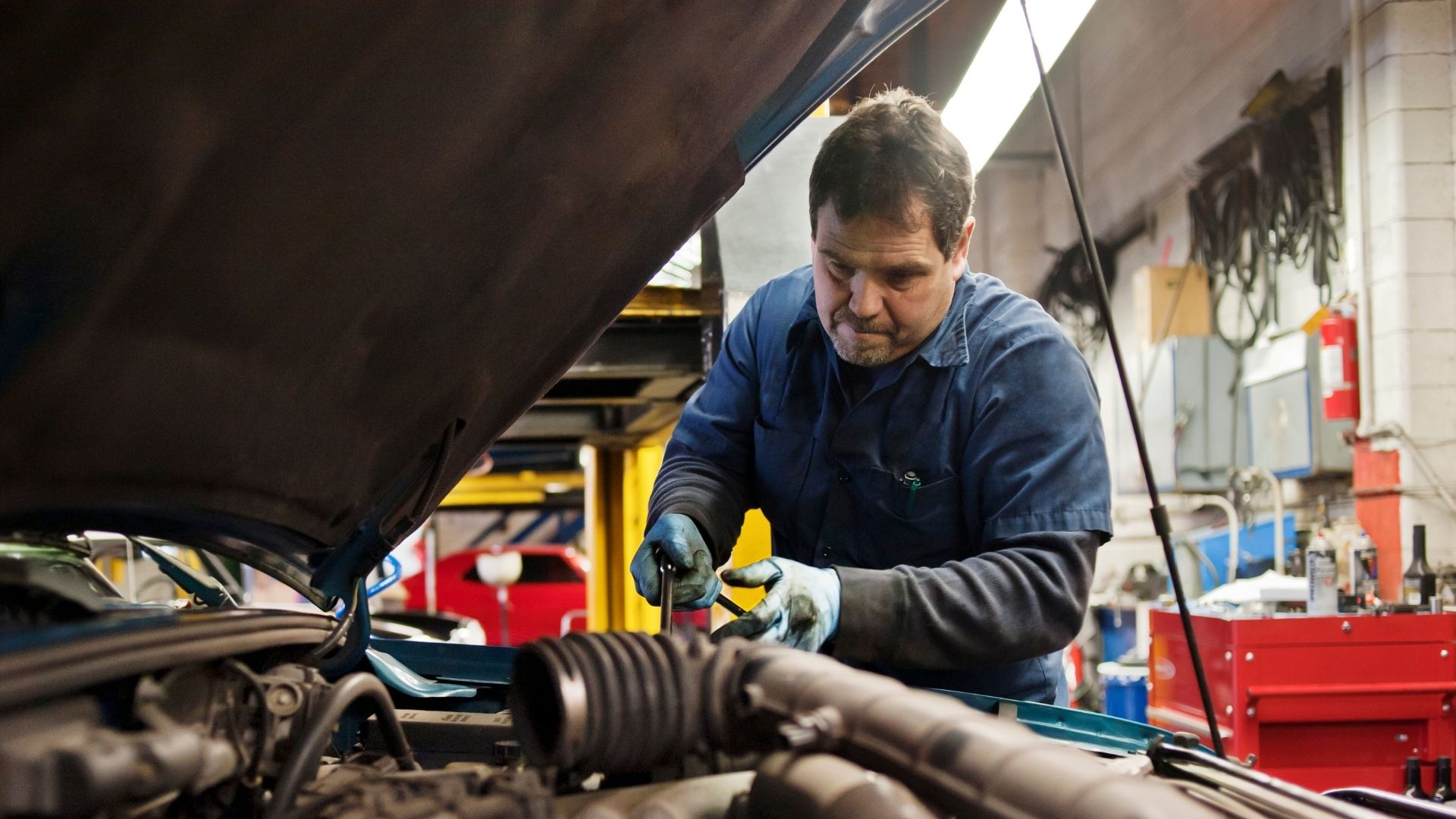

Back in early December, Ed Kim was involved in a minor fender bender. He took it straight to the body shop recommended by his insurance company, and the mechanic told Kim that they have such a backlog that they couldn’t even look at his car for a month and a half. Luckily, the damage was minor, and the car was still drivable. As it turned out, Kim’s car needed just a few trim pieces that, under normal circumstances, would have arrived three or four days later. A month later while Kim’s car sat idle at the garage, the parts finally made it.
Kim, who is the president and chief analyst of AutoPacific, spends his days immersed in the automotive industry. And still, there’s nothing like a real-life encounter to see exactly what’s happening in the market; when the body shop manager confirmed that supply chain issues for parts were having a major impact on repairs, Kim understood. This scenario is playing out all over the country as not just new cars but parts for used cars are difficult to find. Not even a little incentive in the form of a greased palm will help because the parts just aren’t available.

Clay Homann, a 26-year veteran of the parts business, is a manager at Austin’s Automotive Specialists, which is a family-owned auto repair center with 10 stores across Austin, Texas. He says this situation is the worst he’s ever seen, and the most troubling aspect is that there’s no real ETA for when the parts will be available.
“I literally had a Ford F-150 sitting here for four months waiting for a part,” Homann told me on the phone. “People have to find rental cars, borrow rides, and beg, borrow and steal just to get around.”

Homann works with insurance companies through his job, and he said most of them are more than willing to work with customers to resolve issues. Not long ago, Homann was in a crash in a brand-new 2022 truck that had little more than 400 miles on it. After checking out the damage, his insurance company wrote him a check for a conditional total, which allowed him to buy a replacement truck since the parts he needed would take at best six to nine months to arrive. Because of a shortage on lots nationwide, Homann was forced to get a 2021 model because his dealer didn’t have any 2022 versions. Fortunately, Homann had cap coverage on his new track and had no out-of-pocket cost worries. Still, the whole process was a hassle.
“Whether we’re talking about parts for new cars or existing cars for repairs and service, it’s a huge challenge no matter what,” Kim told me. “When I created our original sales forecast for 2022, I was running under the assumption we’d see some relief from these issues in the second half of the year. But that was before Ukraine and the new outbreak in China. It’s like with these supply chain issues, we can’t seem to get a break.”
At Austin’s Automotive Parts, Homann told me some customers have resorted to ordering parts off eBay.
“Often, we find that the part is bad, which makes our diagnostics even harder and creates even more work,” he said. “Then we still end up having to wait on the new component.”
Kim is seeing significant supply chain issues and believes it won’t be until 2023 that the country will see significant relief in the supply chain hiccups. Automakers and suppliers are making plans to diversify the production of components, especially chips, domestically and outside of Asia. That’s going to take some time.
Meanwhile, drive safely and buckle up, because there’s more left to this dreadful ride.
Got a tip? Leave a comment or send a note to kristin.shaw@thedrive.com.